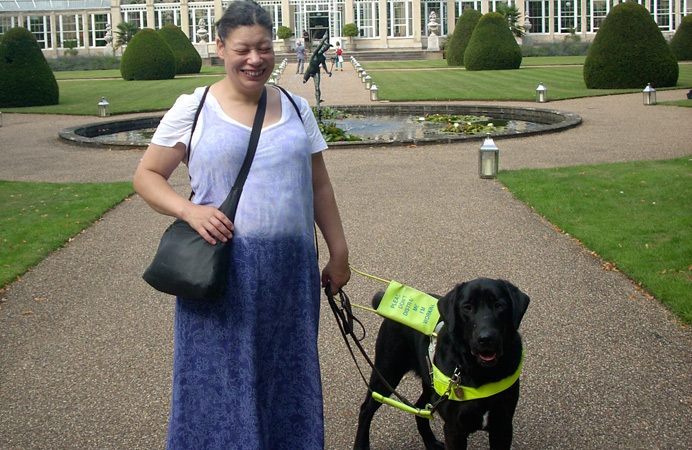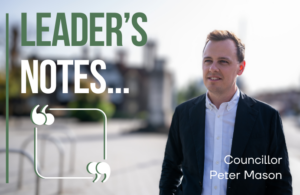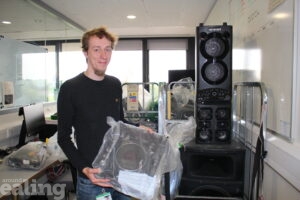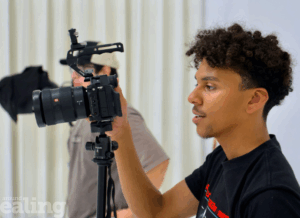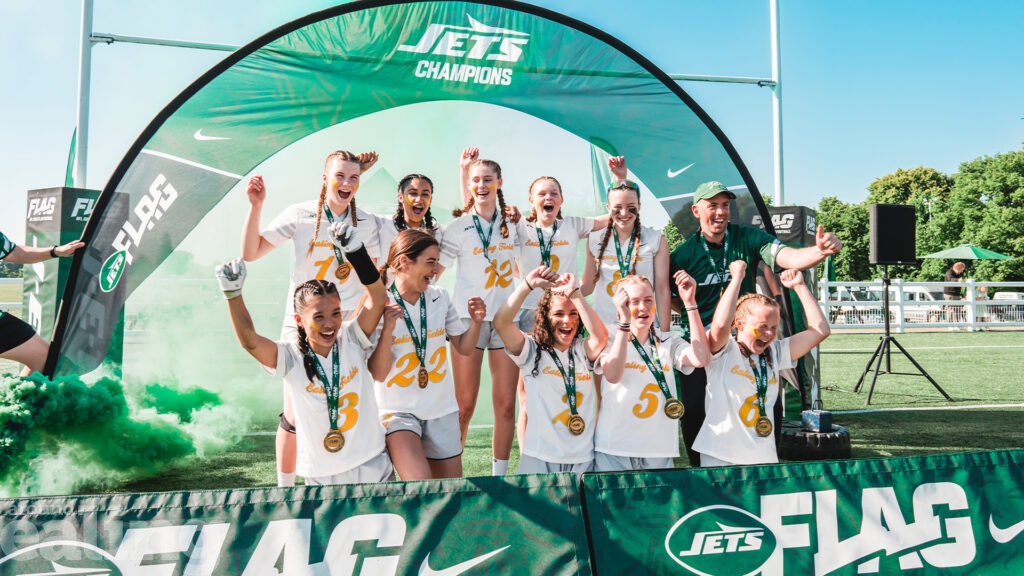Feelings of loneliness can affect anyone. They can impact mental or physical health, and even your life expectancy. But if you are blind or deaf the sense of isolation can become overwhelming.
Ealing Council has pledged to work with the NHS and other local organisations as part of a new Loneliness and Isolation Charter for the borough that was unveiled at a special event held at Ealing Town Hall in the spring. It sets out what the council and these other agencies will do to combat the problem. One way is supporting community groups – and to see how you can read a story on Neighbourly Care here.
People with a visual impairment have been identified as being at particular risk of loneliness.
And, the number of people experiencing sight loss is increasing in the UK because of our ageing population and various other health factors.
Research from the Royal National Institute of Blind people (RNIB) suggests that in Ealing approximately 7,630 people are living with sight loss. Of this total, 4,880 are living with mild sight loss, 1,870 are living with moderate sight loss (partial sight) and 880 are living with severe sight loss (blindness).
Therefore it is important for everyone to have eye checks at the optician every two years because, if diagnosed early enough, half of serious sight issues can be prevented with treatment. Children under 16 can get their eyes checked at the optician at no cost to the parents. Other groups including people with a family history of glaucoma and older people who do not pay for prescriptions also do not need to pay for eye checks.
‘I get anxious and troubled’
The effects of sight loss include very practical issues such as being able to leave your house and feeling safe finding your way around outside. It can take a visually impaired person a long time to regain the confidence to do this, and meanwhile, they will find themselves ‘trapped’ at home, many unable to work or enjoy the activities and social interactions they had before. Many of the people who have had to learn to cope with visual impairment, comment that one of the hardest things they have had to deal with is the feelings of loneliness and social isolation.
Pardeep Singh, 61, is visually impaired and lives on his own. He said: “I get anxious and troubled on my own, especially in the afternoons. Then I start to ruminate and worry about the future.”
Visual impairment has been called an ‘invisible disability’ because others often cannot see anything physically wrong. This may lead to a lack of understanding of the extent to which a person is disabled by their sight loss, and as a result little attention may be paid to the social support that is key to improving their sense of well-being.
Even holding conversations in public spaces may be difficult because of noise levels combined with low or no vision, making it difficult to know it is the right time to speak or listen, especially when people are talking and mingling. This can lead to people with a visual impairment eventually withdrawing from social situations.
Stephen Canivet, 48, has a visual impairment. He said: “I dread certain days when I am at home, especially during the Christmas season.”
Debi Olley, 46, agreed and said: “I feel lonely without a partner. But it is difficult to find one without putting myself in vulnerable situations.”
For children and young people with a visual impairment, engagement in social activities can be especially difficult, affecting their ability to develop friendships, which in turn can lead to social isolation and loneliness.
What help is out there?

Loneliness and social isolation need not be seen as an inevitable consequence of sight loss. There are a range of factors that affect people’s experiences, and understanding these can help tackle this serious problem.
In Ealing, the council recognises the importance of understanding the factors that lead to the experience of loneliness and isolation, in order to tackle them. The recently published Loneliness and Isolation Charter sets out how the council will do this; including raising awareness among the general public, local councillors, GPs and service providers of how to identify people experiencing or at risk of loneliness and how to help them.
An important part of this is working with representatives from the various groups who support people with visual impairment as part of the Ealing Vision Strategy Group. This includes Ealing Clinical Commissioning Group, Ealing Council, Moorfields Eye Clinic at Ealing Hospital, Ealing Local Optometric Committee, the Ealing voluntary sector, and service users, with support and additional expertise from the Thomas Pocklington Trust.
Voluntary groups like Ealing Association for the Blind (part of Middlesex Association for the Blind) and Ealing Social Club for the Blind, offer many social opportunities for people with sight loss in the borough.
These range from drop-in coffee mornings and club evenings with entertainment to IT help sessions, visits to Kew, and tricycle riding in Walpole Park. Ealing Association for the Blind also runs a befriending scheme which matches a volunteer with a visually impaired person to give practical help and social support. It is amazing what a difference it can make to a visually impaired person to get a visit from a volunteer who takes the time to sit and chat over a cup of tea.
More information
For more information on community groups, activities and local support, visit www.careplace.org.uk
